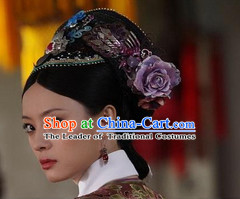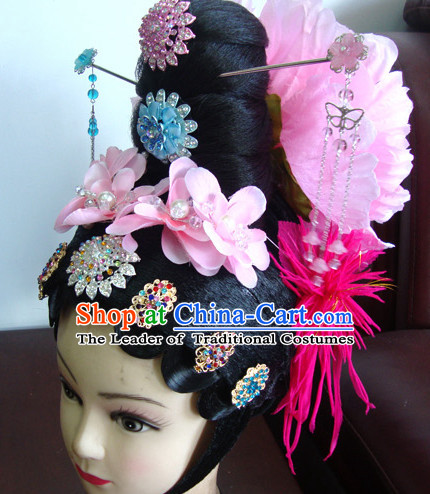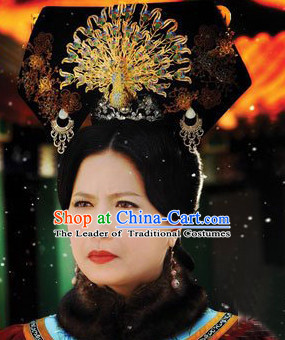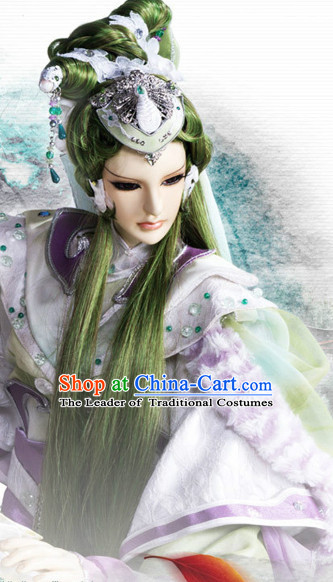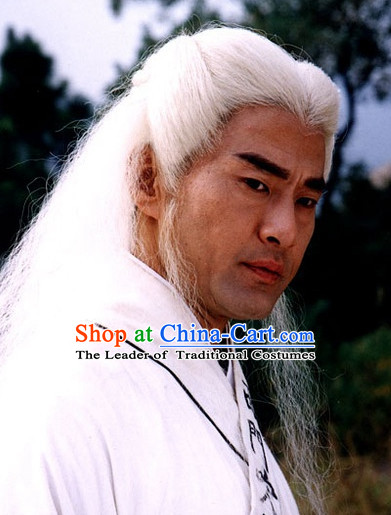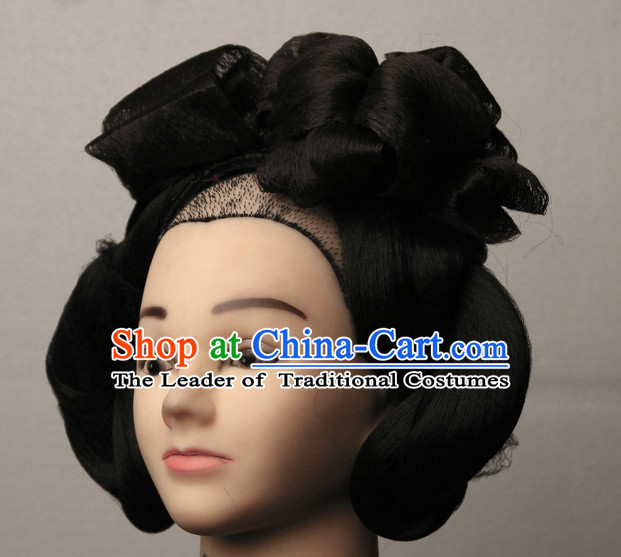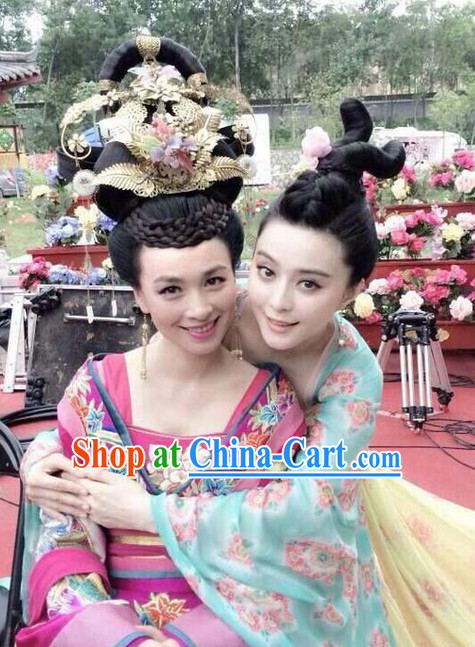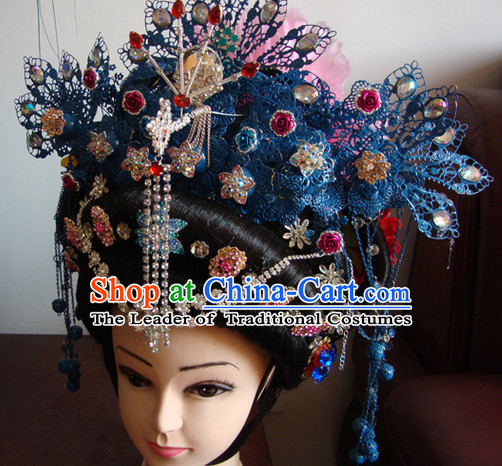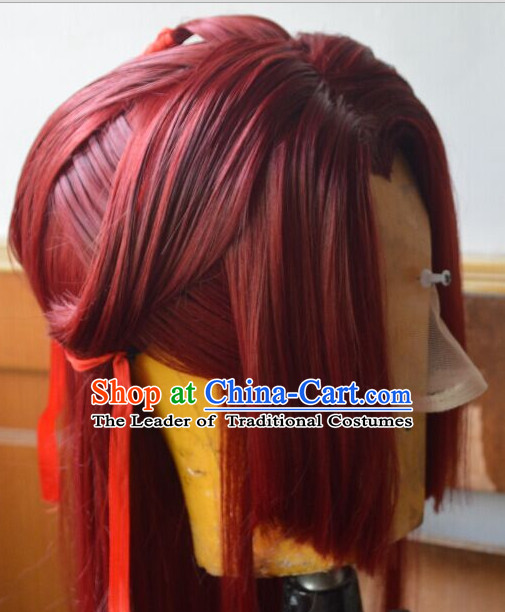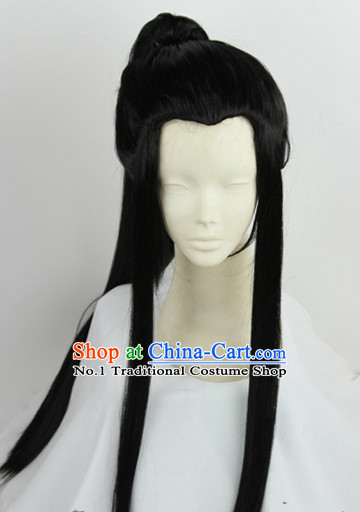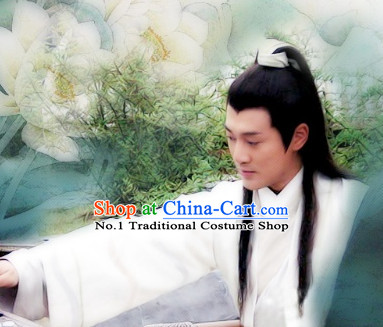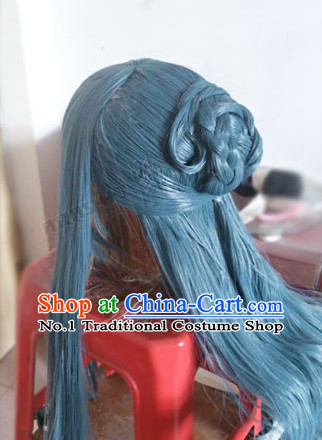
Click Related Pictures for More Audios:
Chinese ancient white male hairstyle long wig is an artwork with rich historical significance and cultural connotations.
It represents the pursuit of beauty and aesthetic concepts in ancient Chinese society, while also reflecting the social hierarchy and etiquette norms of that time.
This hairstyle is usually made of long white wigs and worn on the head, giving people a solemn and noble feeling.
In Chinese history, white is considered a pure and elegant color, so in ancient palaces, emperors and nobles often chose to wear white clothes and white wigs.
This hairstyle not only highlights personal status but also demonstrates their nobility and dignity.
In addition, this hairstyle is also used in religious ceremonies and celebrations to show solemnity and respect.
In addition to being used in the palace, this hairstyle has been widely used in other occasions as well.
For example, in traditional opera performances, actors often wear this hairstyle to play different roles, such as emperors and officials.
This hairstyle can also be used in weddings and other important occasions to show solemnity and respect.
In summary, the Chinese ancient white male hairstyle long wig is an artwork with profound historical background and cultural connotations.
It not only represents the pursuit of beauty and aesthetic concepts in ancient Chinese society but also reflects the social hierarchy and etiquette norms of that time.
By appreciating and studying this hairstyle, we can better understand the essence and evolution of ancient Chinese culture.





